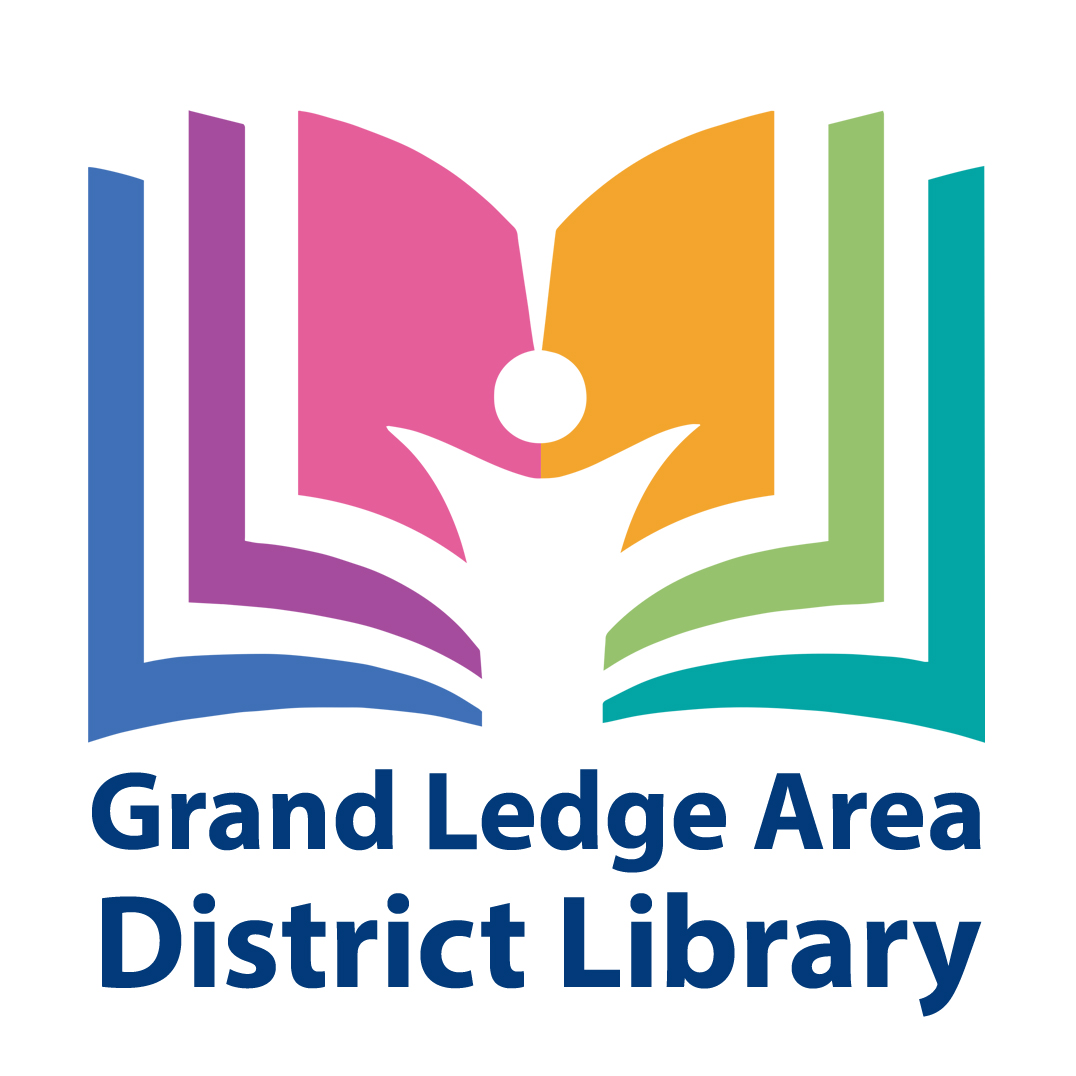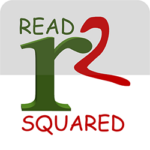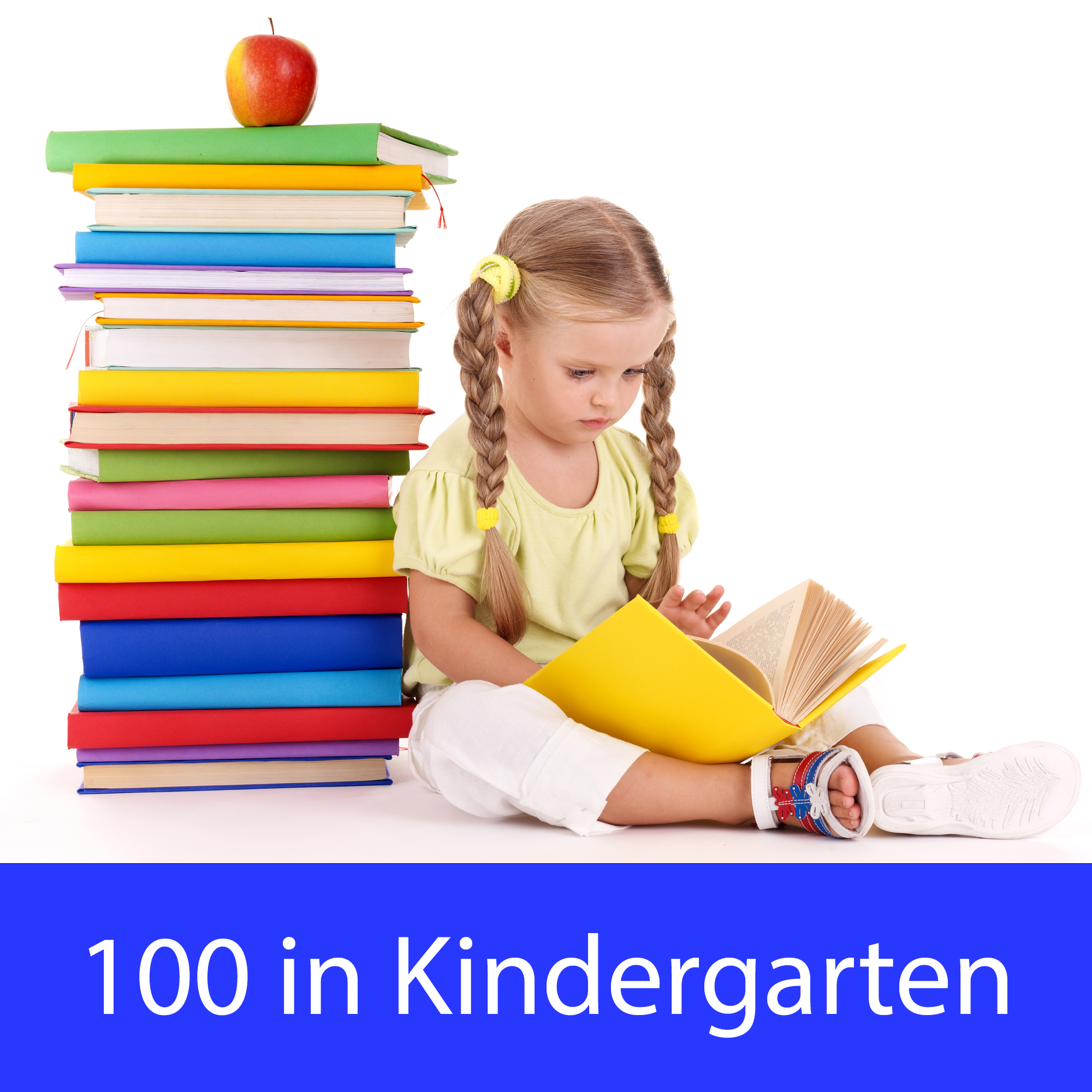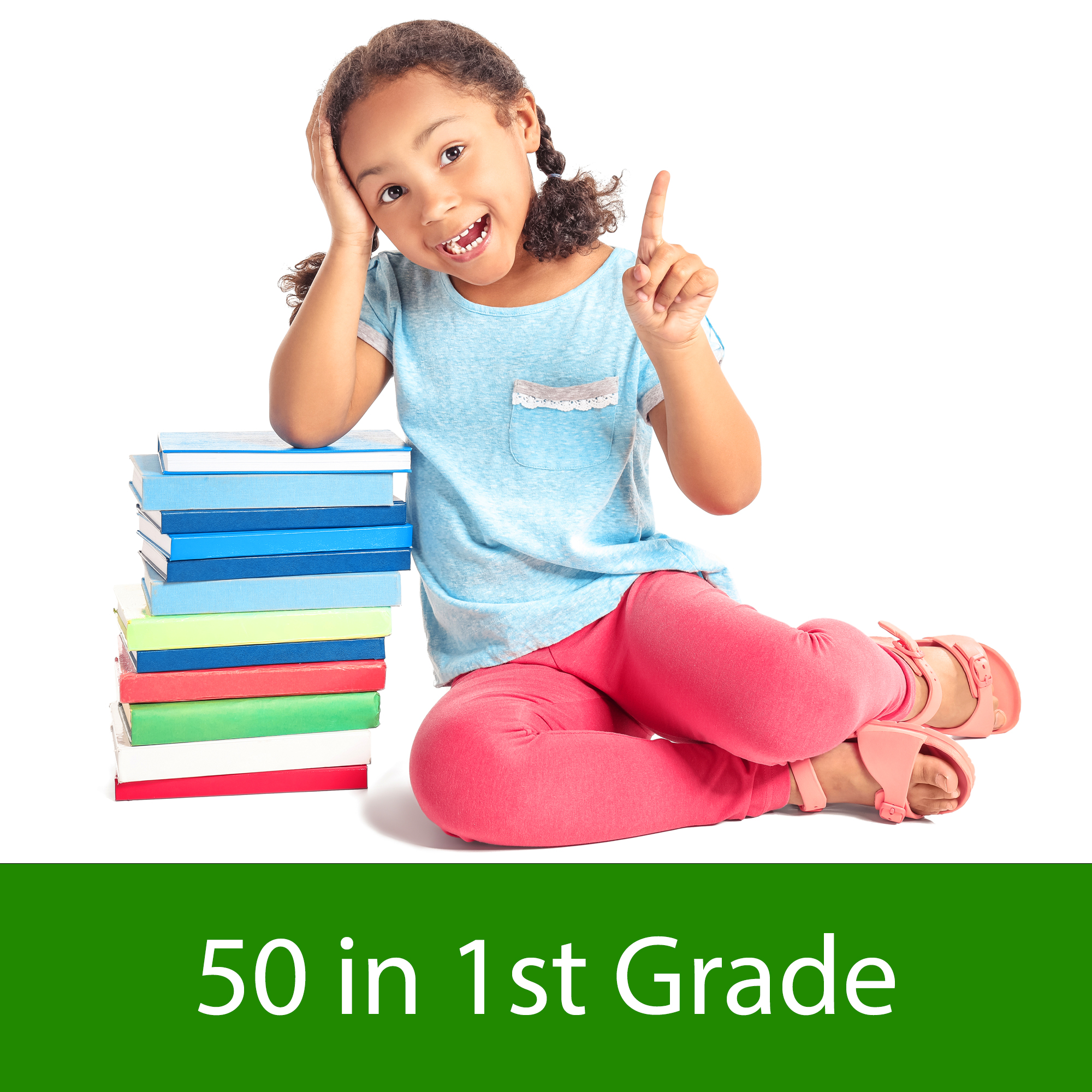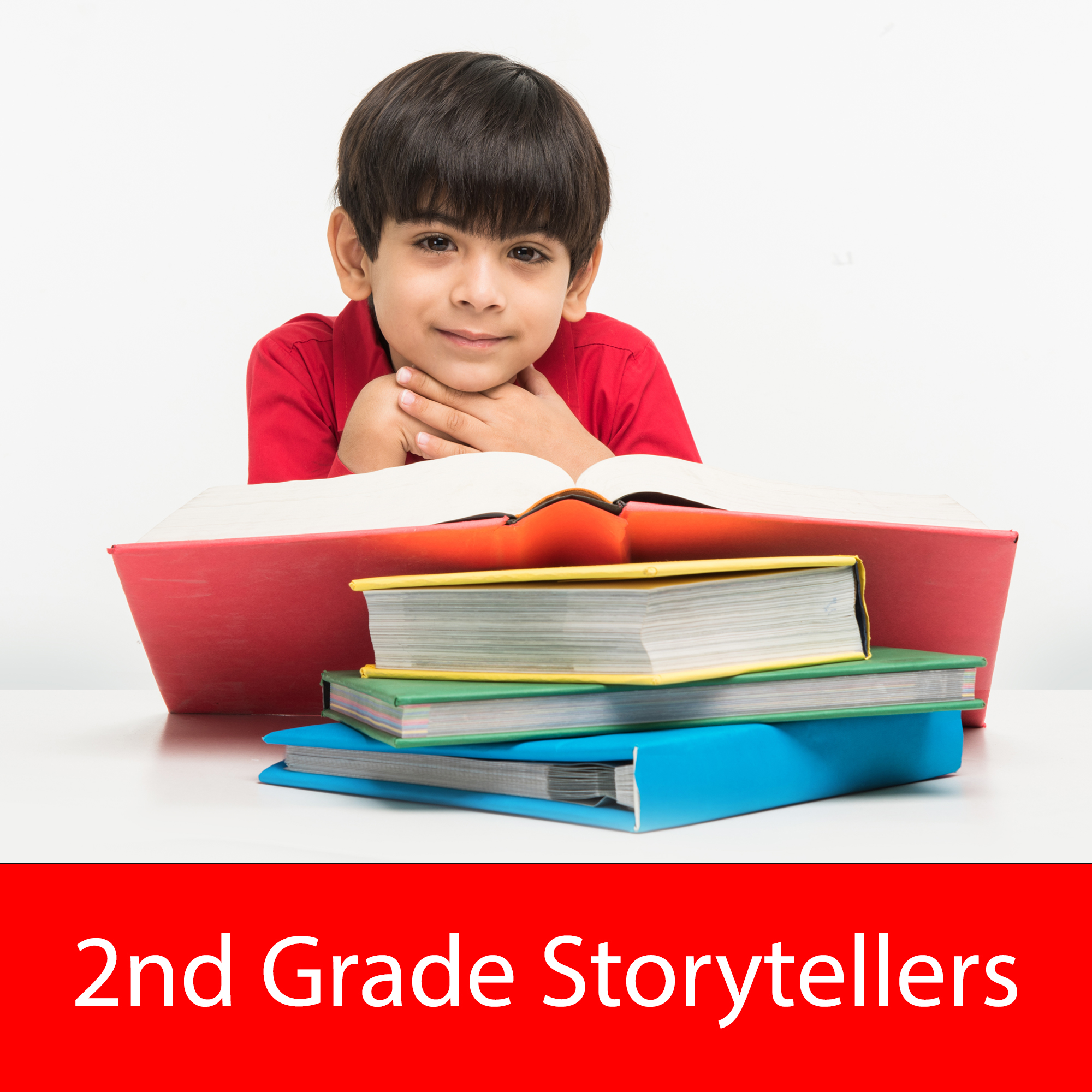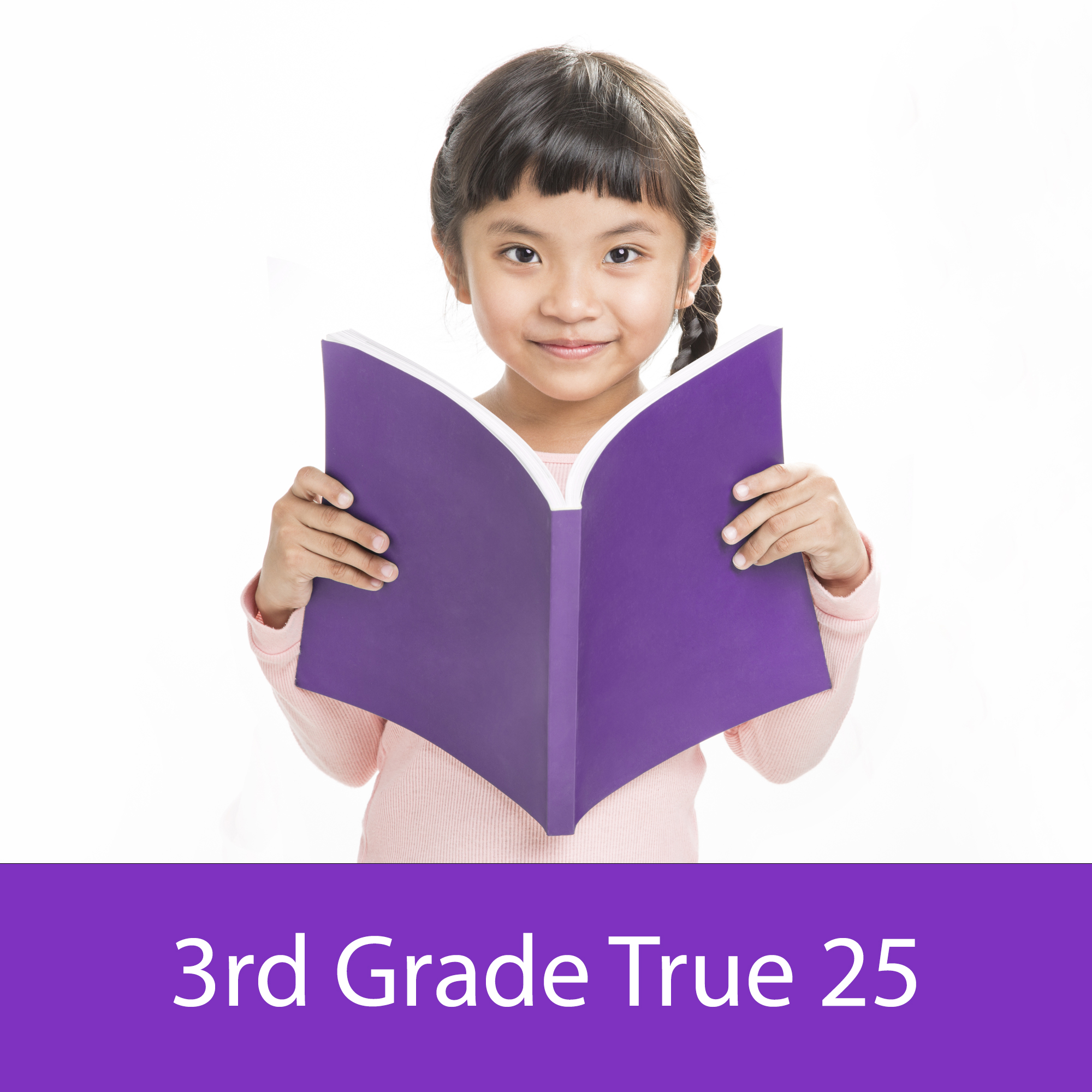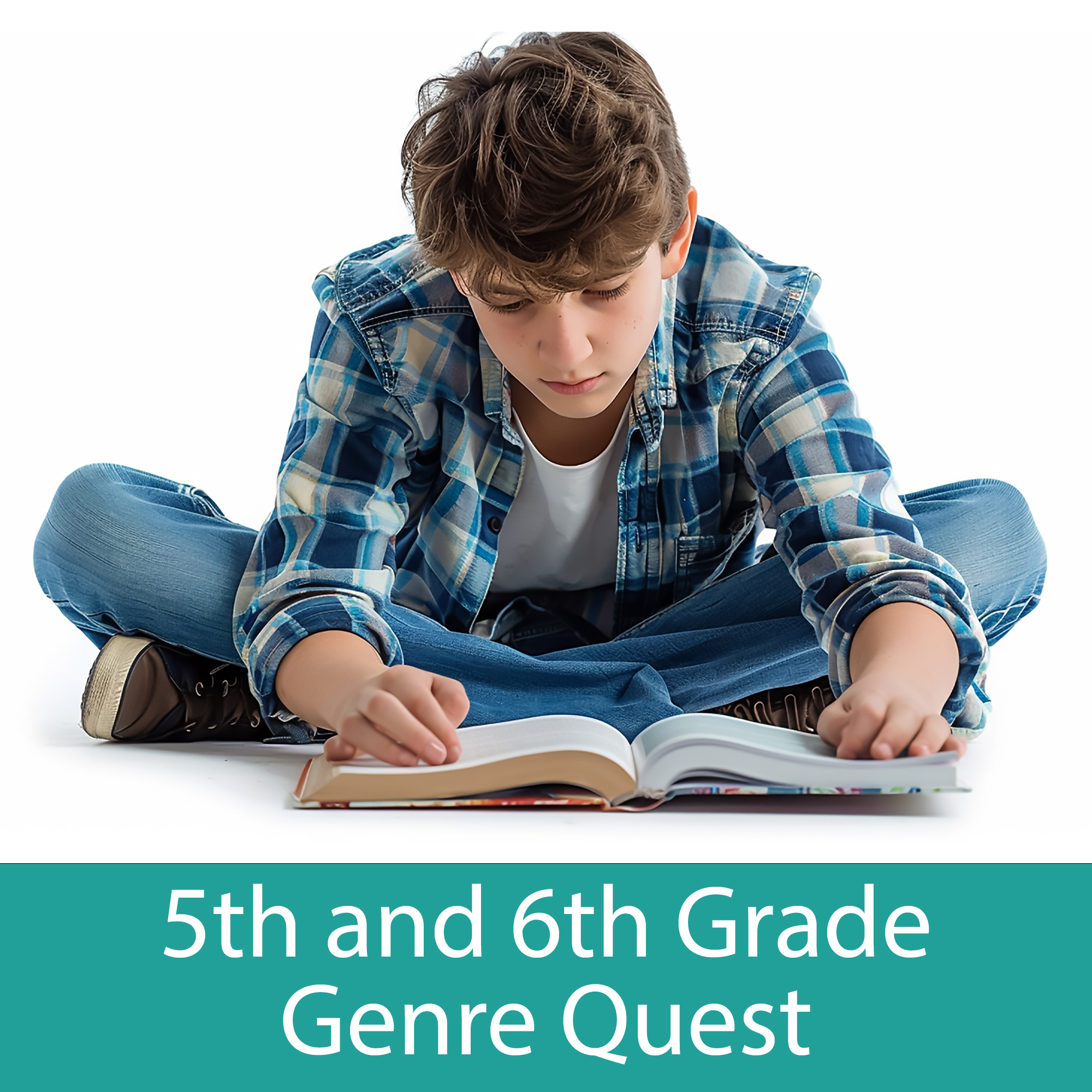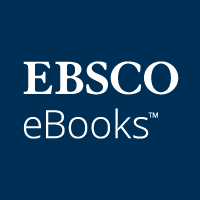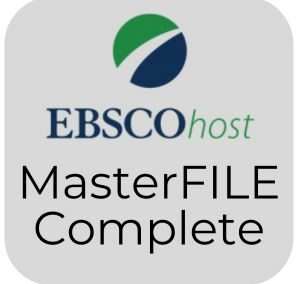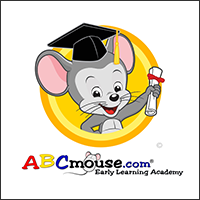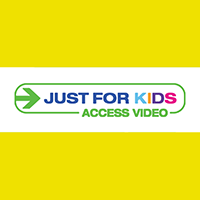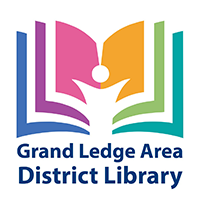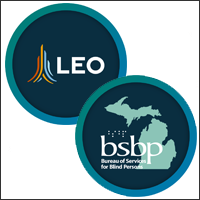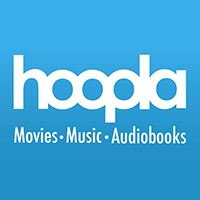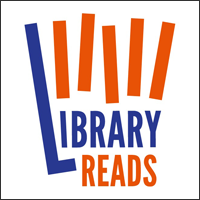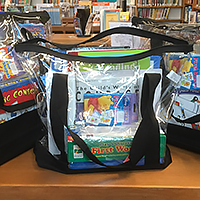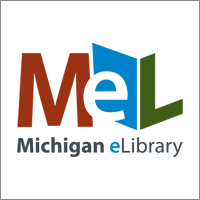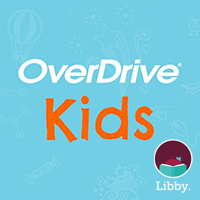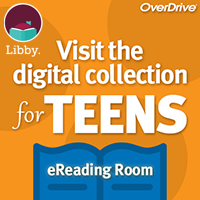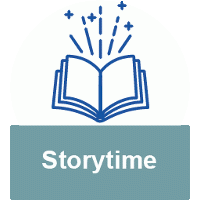Reading Challenges
For Adults!
Adult Winter Reading Challenge
From December 1, 2025 – February 28, 2026 cozy up with some good books and join our Adult Reading Challenge. Explore new genres, revisit old favorites, and discover hidden gems! The goal? Read 5 books from our list of 19 exciting genres. Whether you love thrillers, historical fiction, or thought-provoking non-fiction, there’s something at the library for everyone!
Participants will win a prize for every 5 books they read, and each completed log will be entered for a chance to win our Grand Prize! There’s no limit on how many times you can turn in a completed log.
Logs are available at the front desk, and throughout the library.


For PreK – 6th Graders!
Game On: Level Up Reading Challenge
Level up your reading with the Game On: Level Up to Reading Challenge. Whether you’re a reading rookie or a book boss, adventure awaits! Kids read and earn video game related prizes along the way. Level up to earn better prizes and finishers are entered into the drawing of their choice for a Switch Game, gift card, and more.
We’ll also have special video game parties planned just for participants. Join us on January 12 for a Pokemon party, February 9 for a Minecraft party, and March 10 for a Mario party.
How does it work?
- Visit us at GLADL and pick up a Reading Challenge brochure and Game On Bookmark for your Kindergartener through 6th grader.
- Get started reading!
- Come back to the library to pick up fun prizes!
- Complete your Challenge by April 12, 2026 to get entered into our drawing for our grand prizes, and receive a free book.
What if I can’t get out to the library?
You can use the app Read Squared! Players can create a fun character, complete missions, and earn badges to finish their reading challenge!
Easily log your activity using the READsquared app. The app is free for both Android and iOS mobile devices.
Reading Challenges
Click on the + on the right of each reading challenge to learn more information about the program.
1000 Books Before Kindergarten
How to Participate
The concept is simple; the rewards are priceless. Read a book to your newborn, infant, and/or toddler. The goal is to have read 1,000 books (yes you can repeat books) before your child starts kindergarten.
- Families can keep track of books read with paper logs — available at the library or download (Color-in log or list log)
- Log your reading online with GLADL’s READsquared
- Use the 1000 Books app (available in App Store & Google Play)
Each time you and your child reach a reading milestone (each 100 books) bring in your reading log to the library or another local participating public library and get a sticker and free book.
Why 1000 books?
Reading to preschool-age children builds vocabulary, language, and helps prepare them with the skills they need for Kindergarten. In as little as 15-20 minutes a day, families can prepare their little ones for future school and life success!
If a child reads for 20 minutes every day, they are exposed to about 1.8 million words of text!
The 1000 Books Before Kindergarten program is sponsored by Eaton Great Start. To learn more about this national program visit 1000 Books Before Kindergarten
100 in Kindergarten
The Kindergarten Reading Challenge at GLADL offers support and inspiration for you, and your Kindergartener, during this critical age in their literacy development. You can encourage your child by setting a goal, then have fun working with them to achieve it. You make a commitment to support your child’s lifelong reading journey by taking part in the Kindergarten Challenge!
The focus of the Kindergarten Reading Challenge is the vital time spent reading aloud with your child and features 100 books to read aloud with your child during their kindergarten year. Here you’ll find a curated collection of well-loved classics, engaging new stories, and even concept building books. All the books listed are available at GLADL or through our inter-library loan service, MelCat. You’ll find them in our children’s collections– Look for the blue star stickers on the books.
How to Participate
Select a book from our Challenge list and as you complete each book, color in the star next to its title. Keep track of your progress and earn prizes on your reading challenge bookmark. Stop by the library to see what prizes you have earned. Once you’ve completed reading all 100 books, you will be able to select a book to keep from our Reading Challenge bookshelf.
READsquared: To complete this Challenge online, you will need to record the titles you have read on the Missions page. There are 10 missions with titles such as “100 in Kindergarten – Books 1 to 10”. Each mission has 10 of the 100 books included, with the books in alphabetical order by title. You do not have to read the books in any particular order, just mark them off in the appropriate mission as you go. When you have finished all 10 books in a particular mission, that mission will become complete which will give you points towards badges and mini-games. When you have finished all 10 missions, you have completed the 100 in Kindergarten Challenge!
Why Is Reading Aloud So Important?
Reading aloud to your kindergartener is strongly associated with their eventual success in reading because they hear sounds, and patterns in letters and start associating them with words. Goals for Kindergarten literacy include phonetics awareness, letter recognition, and above all enjoying stories and storytelling — the ability to retell the story in their own words! While reading aloud to your kindergartener, you can strengthen their literacy skills, instill a love of reading, and have fun together!
Enjoy Reading with your Child
Here are some helpful literacy tips:
• Choose a special time to read with your child. After lunch, or before bed are popular choices — but choose whatever works best for your family.
• Read slowly, with expression. Try using different voices for different characters.
• Follow the words with your finger as you read. Your child will see that words are read from left to the right on the page.
• Point to the pictures and say the names of objects and colors.
• Have your child help turn the pages.
• Ask your child to describe pictures, repeat phrases used in the story, and predict what will happen next.
• Take time to answer your child’s questions.
• As your child’s reading progresses, take turns reading pages to each other.
• Visit Reading is Fundamental ( rif.org ) for more tips on reading aloud with your child. Or ask your library staff– we’re happy to help!
This Reading Challenge has been adapted for use at GLADL, from a program created by Clinton-Macomb Public Library, and is used with their permission.
50 in 1st Grade
This is a Reading Challenge you can complete with your child during their first grade year. We’ve chosen 50 books we think 1st graders (and their parents/ guardians) will love. Your child may already be able to read some of the books on their own, while some are meant to be read aloud by an adult with their child. You may even find that your child needs help reading some books at the beginning of the year but can read all of them independently by the end!
Books on this list will be visible throughout our children’s collection– to find one look for the books marked with a green star. Once you have selected a few books, schedule a specific time each day/week that you can dedicate entirely to reading together.
How to Participate
Select a book from our Challenge List and as your first grader completes each book, color in the star next to its title. Keep track of your progress and earn prizes on your reading challenge bookmark. Stop by the library to see what prizes you have earned. Once you’ve completed reading all 50 books, you will be able to select a book to keep from our Reading Challenge bookshelf.
READsquared: To complete this Challenge online, you will need to record the titles you have read on the Missions page. There are 5 missions with titles such as “50 in 1st – Books 1 to 10”. Each mission has 10 of the 50 books included, with the books in alphabetical order by title. You do not have to read the books in any particular order, just mark them off in the appropriate mission as you go. When you have finished all 10 books in a particular mission, that mission will become complete which will give you points towards badges and mini-games. When you have finished all 5 missions, you have completed the 50 in 1st Challenge!
Why It’s Important
The purpose of this challenge is to initiate discussion between you and your child, which helps develop their reading comprehension. The more opportunities you provide for your 1st grader to have positive reading experiences, the more likely you are to raise a lifelong reader. While reading, consider alternating who reads every other page. Or, if they’re comfortable, let them read to you. Discuss what happens in the books, ask your child what they like or dislike about a book, make predictions together about what might happen next.
Enjoy Reading with your Child
Here are some helpful literacy tips:
• Choose a special time to read with your child. After school or dinner, or before bed are popular choices, but choose what works best for your family.
• Read slowly, with expression. Try using different voices for different characters.
• Give your child a clue — If your child is stumbling while trying to sound out a word, use your finger to point to the next letter and ask what the letter usually sounds like.
• Dig deeper into the story — Ask your child about the story you’ve just read together. Try questions that require your child to draw conclusions. Say something like, “Why do you think Fly Guy did that?”
• As your child’s reading progresses, take turns reading pages to each other.
• Visit Reading is Fundamental ( rif.org ) for more tips on reading aloud with your child. Or ask your library staff– we’re happy to help!
This Reading Challenge has been adapted for use at GLADL, from a program created by Clinton-Macomb Public Library, and is used with their permission.
2nd Grade Storytellers
This is a 50 book challenge that your student can complete during their 2nd grade school year. For this grade level the priority is developing your child’s ability to read aloud to and with adults. Choose 50 books at their current reading level; if they struggle with more than 3-5 words on any given page, the book is probably too difficult. If a student does not have to sound out any words at all, the book is probably too easy. Try to find a “happy medium” to engage your child.
How to Participate
Set aside a regular special reading time for your child to read aloud to you. This helps create a positive association with books and reading. Don’t be overly critical of your child’s abilities– remember they’re still learning to read. Mistakes are inevitable and part of the process. Help them use their decoding skills to sound out words. Most of all, make reading fun by being a good listener – this means putting away phones and other devices, focusing on your child and the book, and discussing the story together after your child reads it aloud.
Start reading, and as they complete each book record the title on the form below or log your reading online at READsquared
Keep track of your progress and earn prizes on your reading challenge bookmark. Stop by the library to see what prizes you have earned. Once you’ve completed reading all 50 books, you will be able to select a book to keep from our Reading Challenge bookshelf.
Why It’s Important
In second grade, while students are still using their decoding skills to sound out unfamiliar words, they are also relating new information to what they already know. For instance, if your child reads a book about dinosaurs, they may recall facts and pictures they’ve already been shown of those dinosaurs. In less than two years, your student will shift from learning-to-read to reading-to-learn. Before this shift it is important that they acquire as much critical reading practice as possible. Reading challenges like this help ensure that your student is able to get the most out of the educational reading they will be assigned in the future. You probably already know that reading aloud to children is the most important aspect of preparing them to read on their own. It is equally as important for your children to read aloud themselves. Here’s why:
• Reading aloud enhances fluency by increasing the number of words a child recognizes automatically.
• Reading aloud strengthens comprehension by giving children practice recognizing words, sentence structures, and organization patterns.
• Reading aloud helps develop critical reading skills by encouraging children to read expressively.
• Reading aloud helps struggling readers monitor themselves and identify areas they may need additional help.
This Reading Challenge has been adapted for use at GLADL, from a program created by Clinton-Macomb Public Library, and is used with their permission.
3rd Grade True 25
Students spend kindergarten, first, and second grades learning to read. Now, in third grade, teachers expect them to begin the shift to reading to learn. While your student may have to occasionally sound words out or use context clues to figure out a meaning, much more of their focus will be on gaining the skills needed to understand more complex texts.
These skills include:
• Identifying and discussing key details and how they relate to a main idea.
• Using different text features such as key words and sidebars to increase comprehension.
• Differentiating their points of view from that of the author.
• Recognizing how illustrations can aid in comprehension.
• Building on preexisting knowledge with new information found in reading material.
How to Participate
Students choose 25 nonfiction titles and record them on their reading log as they read over the course of this academic year. Students choose three titles from each category and ten books on any topic they select. Keep track of your progress and earn prizes on your reading challenge bookmark. Students are welcome to log nonfiction books they have been assigned in school. Stop by the library to see what prizes you have earned. Once you’ve completed reading all 25 books, you will be able to select a book to keep from our Reading Challenge bookshelf.
READsquared: To complete this Challenge online, you will need to record the titles you have read on the Missions page. There are 6 missions with titles such as “3rd Grade True 25 – Animal Books”. Each mission covers of the 6 required categories. You do not have to do the categories in any particular order, just record the title and author of the book in the appropriate mission as you go. When you have finished all the books in a particular mission, that mission will become complete which will give you points towards badges and mini-games. When you have finished all 5 missions, you have completed the 3rd Grade True 25 Challenge!
Why it’s important
Nonfiction books present many opportunities to learn new concepts and vocabulary, as well as expand a child’s view of the world. Reading for information is a vital life skill. Nonfiction is “real-world” reading. A large portion of the reading students have to do for school will be nonfiction. Studies have shown that the majority of reading by adults is nonfiction. Students will need to prepare for that reality. Additionally, many children may actually prefer nonfiction reading. It allows them to read about topics they have a special interest in and enjoy.
Here are some tips and strategies for getting the most out of nonfiction books:
• Check out the table of contents and examine section headings. Have your student make predictions about the content based on the headings and table of contents.
• In most cases, try reading nonfiction books more slowly than fiction.
• Many nonfiction books include helpful sections at the back of the book. Check the back of the text for a glossary, activities and questions, additional resources, index, and other possible sections.
• Re-read text if necessary.
• In nonfiction, the illustrations, charts, maps, and other graphics are important, and may contain info that is not included in the main body of text.
• Make connections, wonder about the text, and check for understanding. Ask your student, what do they already know about this topic? How does this topic affect daily life? What questions about this topic do you think will get answered as you read? What details stand out to you in the text? In the images and graphics? What facts did you learn?
This Reading Challenge has been adapted for use at GLADL, from a program created by Clinton-Macomb Public Library, and is used with their permission.
4th Grade Building Bridges
The Building Bridges Reading Challenge engages your students’ curiosity about other societies, cultures, and time periods. To complete the program, each participant reads 5 diverse books during their 4th grade year. Diverse books are by or about people, places and experiences different from your own. Diverse books can include, but are not limited to, books with characters who are of a different race, ethnicity, or culture, belong to a different religion, live in a far-away place, have a physical or mental disability, are LGBTQ+, or live in a very different way than the reader.
How to Participate
Look over the books suggested by our librarians. Discuss with your 4th grader some books you feel they might enjoy and help them select 5 to read. We strongly encourage you to read and discuss the diverse books your child chooses with them to make this as valuable an experience as possible. Keep track of your progress and earn prizes on your reading challenge bookmark. Stop by the library to see what prizes you have earned. Once you’ve completed reading all 5 books, you will be able to select a book to keep from our Reading Challenge bookshelf.
Start reading, and as they complete each book record the title on the form below or log your reading online at READsquared
That’s it! Once a student completes the challenge, they can visit GLADL to receive their prizes – which will include a free book!
Why It’s Important
Books “… let readers safely enter and exit worlds different than their own”. Even children who are very different from a character in a book can often feel a connection with people of other cultures and backgrounds through a book. Some diverse books are simply a slice of normal life, showing we’re all much more similar than we are different. Students who gain this understanding of other cultures and perspectives at an early age are better able to effectively communicate with others when they get older. These students grow up understanding that everyone, including themselves, is equally valuable. According to the Michigan Department of Education, a student who recognizes that “people from widely divergent cultures who represent diverse experiences and perspectives must learn and work together” is an important factor in determining college readiness. Visit diversebooks.org for more resources about diverse books.
This Reading Challenge has been adapted for use at GLADL, from a program created by Clinton-Macomb Public Library, and is used with their permission.
5th/6th Grade Genre Quest
We’ve selected 10 different genres for your 5th or 6th grade student to pick 6 books. Each genre can only be used once. The challenge is for them to discover new interests and expand their reading skills while having fun.
Reading Novels & Explore New Genres
Students will be looking at elements of a book’s plot, including the setup, rising action, climax, and resolution. Your child will learn to analyze characters and settings, as well as recognize the author’s purpose for writing. Here are a few tips to help your young reader:
- Be familiar with your child’s independent reading choices so you can help them compare stories.
- Read the same novel together and discuss what challenge the main character experienced.
- Help your child enjoy vivid language by reading to them often and visualizing dramatic descriptions.
- Encourage the use of metaphor (a comparison between two seemingly unrelated subjects) in an everyday way by saying things like, “Are you cold? I’m an icicle!” or “The store was a zoo today!”
- Ask your child what they believe the author wanted the reader to feel or think at the end of a book. This will help them consider the story’s theme.
You Can’t Read Too Much
The most important way adults can support fifth and sixth grade reading is to make sure your child has plenty of time and encouragement to read for pleasure. Having a life-long love for reading is the key to unlocking many important doors in life.
How to Participate
Students choose 6 books from 10 different genres, shown below. Each genre can only be used once. The challenge for students is to discover new interests and expand their reading skills while having fun. See our book suggestion list to get started or ask a Library staff member for more suggestions.
Genres to choose from:
- Adventure
- Biography
- Classic
- Fantasy
- Historical Fiction
- Mystery
- Nonfiction
- Realistic Fiction
- Scary Stories
- Science Fiction
Students track their progress on their Reading Challenge bookmark– and earn prizes! They can come to the Library to see what prizes they’ve earned. Once they’ve completed reading all 6 books, they can select a book to keep from our Reading Challenge bookshelf!
Why It’s Important
Reading different genres can help students in 5th and 6th grade develop their reading skills and critical thinking abilities, and broaden their understanding of the world:
- Discover interests: Exposure to different genres can help students find their favorites and develop lifelong reading habits.
- Improve critical thinking: Each genre has unique plot structures, character dynamics, and narrative techniques. By reading across genres, students can learn to analyze and evaluate these elements, which can help them interpret and understand complex texts.
- Expand reading skills: Reading different genres can help students learn different writing styles & points of view, and foster creativity.
- Broaden understanding: Reading a variety of genres can help students connect with different kinds of texts and people, and broaden their understanding of the world.
Explore our Collections
Try our Kid’s Catalog for Non-fiction suggestions!
Find Stories and Fiction!
Our Kid’s Catalog makes it easy!

In Honor of Ann
Ann Dee Eschtruth of Grand Ledge had a love of words– as a reader and as a writer of poetry. Ann, who passed away in July 2021 just 3 weeks shy of her 80th birthday, had a “lifelong love affair with words: clever words and their origins, plays on words, contemplative words, words layered in their meaning.” Her family and friends wanted to honor Ann and it is through their generosity that the Grand Ledge Area District Library started these Reading Challenges!


